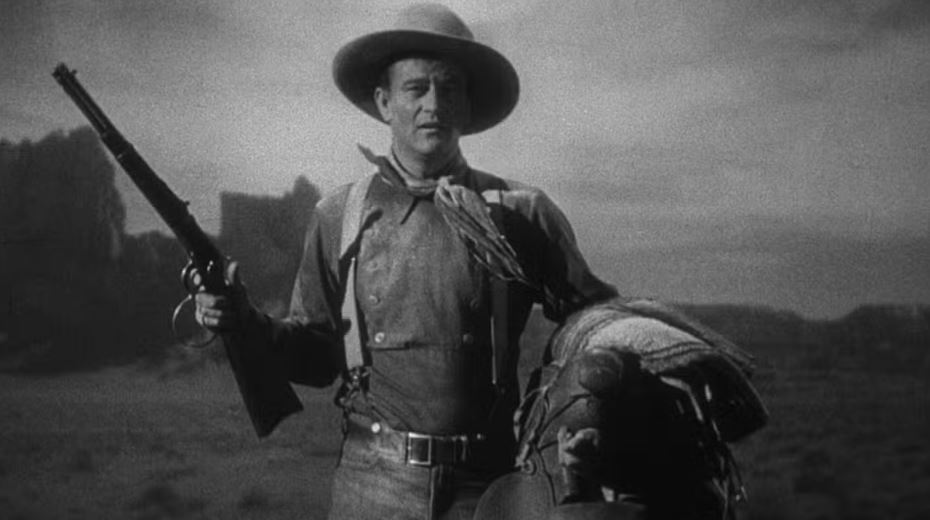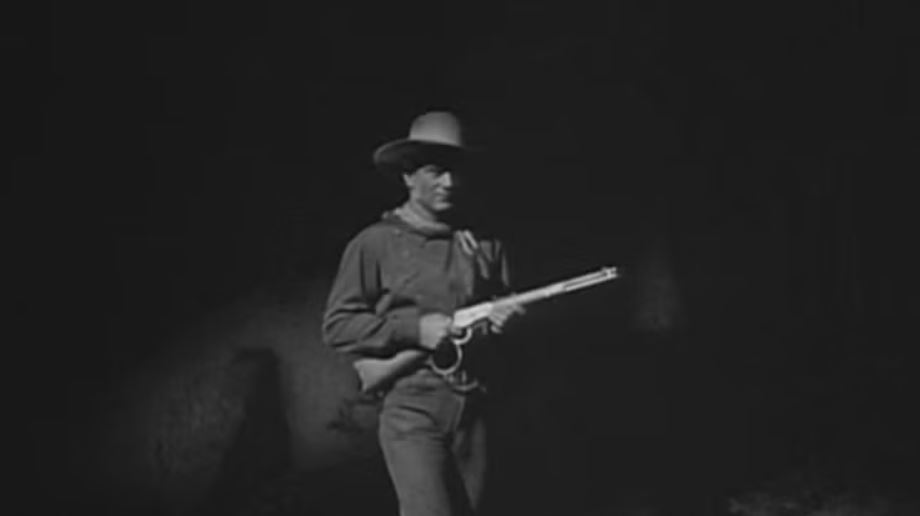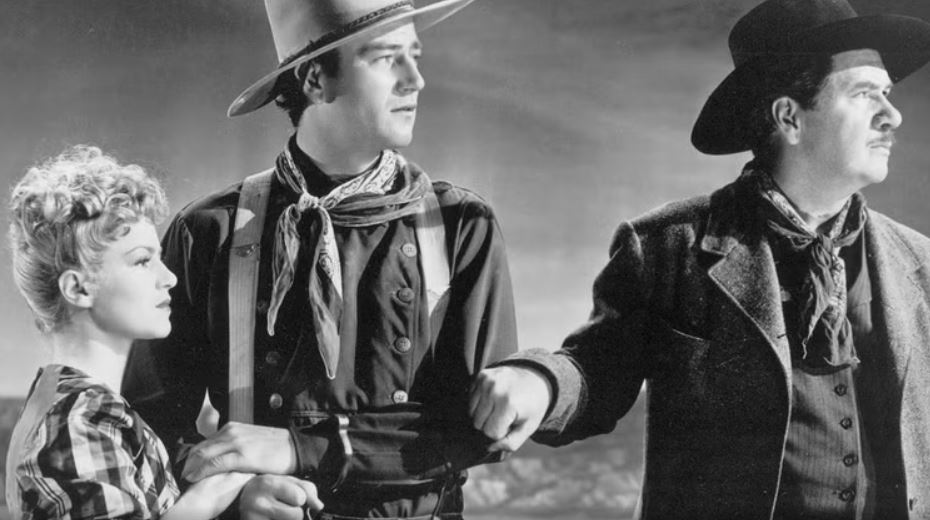In 1939, John Wayne collaborated with his favorite director, John Ford, on Stagecoach, the first Western the pair ever made together. The work proved to be transformative for both Wayne, who was then a budding young actor, and Ford, who at that time wasn’t particularly known for his Western movies, and hadn’t yet established his reputation as one of Hollywood’s foremost directors. But Stagecoach didn’t just transform the career of its star actor and leading filmmaker. It was a landmark moment in American cinematic history, which inspired some of the movies commonly described as the best of all time.
Decades before its profound impact on Steven Spielberg, Stagecoach served as a guide for Orson Welles as he prepared to make his first film. The director was just 25 years old when he directed Citizen Kane, the movie generally ranked as Welles’ best, and had never been on a film set prior to making it. In the book This Is Orson Welles, which documents conversations between Welles and his protege, Peter Bogdanovich, the elder filmmaker explains, “I’d learned whatever I knew in the projection room – from [John] Ford.” Primarily, it was Ford’s 1939 movie that influenced Welles as a director.
John Wayne’s John Ford Western Stagecoach Directly Inspired Citizen Kane
Orson Welles Used Ford’s Movie As A Manual For His Crash Course In Filmmaking
Citizen Kane is considered the greatest movie ever made among a wide consensus of film critics and scholars, despite it being the first movie that its director and lead actor Orson Welles had ever worked on. Welles is said to have watched John Ford’s Stagecoach around 40 times in the months leading up to the making of Citizen Kane. “After dinner every night for about a month, I’d run Stagecoach and ask questions,” he recalls in This Is Orson Welles. “[I asked] ‘How was this done? Why was this done?’… It was like going to school.”

Stagecoach taught Welles pretty much everything he needed to know about filmmaking that he didn’t get from Citizen Kane’s legendary cinematographer Gregg Toland.
Welles later included Stagecoach in a list of his 10 favorite movies, which was first revealed in the early 1950s (via Far Out Magazine). He thought of Ford’s first Western with John Wayne as a cinematic textbook, which taught him pretty much everything he needed to know about filmmaking that he didn’t get from Citizen Kane’s legendary cinematographer Gregg Toland (via The Dick Cavett Show).
How Orson Welles Used John Ford’s Stagecoach As Inspiration For Citizen Kane
The Revolutionary Cinematography Of Citizen Kane Is Based On Stagecoach
Stagecoach likely influenced Orson Welles in more ways than even he realized during the making of Citizen Kane. But there are a few aspects of the John Ford movie that clearly informed his choices as a first-time director.
Ford’s revolutionary approach to camera angles in Stagecoach, in which he often shot scenes from a low angle to change the perspective of his characters, shows up several times in Citizen Kane. Most notably, it appears during a scene in which Joseph Cotten’s character Jedediah Leland lambasts Kane as he stands alone in his election campaign office, where a low-angle shot makes the protagonist appear as a towering colossus with feet of clay.
In addition, the silhouette transitions in Stagecoach are a visual motif repeatedly employed in Citizen Kane, most notably with a sudden transition to the startling image of a cockatoo in the forefront of the picture, during the movie’s final act. What’s more, Citizen Kane is celebrated for its groundbreaking use of focus effects to highlight different parts of a shot, but this was a technique that Welles borrowed from Ford.
The latter’s most prominent use of this device is during the scene that introduces John Wayne’s character, Ringo, in Stagecoach. Ford employed real-time adjustments to lens focus and zoom to heighten dramatic tension and emphasize the significance of Ringo’s arrival on the scene, in one of the most unforgettable character introductions in movie history.

Why Citizen Kane Is Considered The Greatest Movie Ever Made
Its Innovations Had An Unparalleled Influence On Cinema
While Stagecoach is certainly one of John Ford’s best movies, it can’t compete with the status that Citizen Kane has assumed in the decades since its release. Orson Welles’ debut feature film is widely acclaimed as the greatest movie ever made for a plethora of reasons, but the movie’s pioneering cinematography is foremost among them.
Citizen Kane uses various experimental narrative forms that were unheard of in cinema at the time to tell its tale, from its non-linear plot to unreliable narration from various interviewees and its stories within the story. But none of these forms would have worked without Welles’ innovations in staging, lighting, and editing, and Toland’s wonderfully inventive camera techniques, often applied on the instruction of his director, who was using John Ford as his primary source of inspiration.
Cinema would be a very different industry today without Citizen Kane, and the far-reaching influence of its radical innovations explains how the movie came to be held in such a peerless regard. Yet Citizen Kane, in turn, was overwhelmingly influenced by Stagecoach, and Orson Welles himself likely held John Ford’s first masterpiece in higher esteem than his own big-screen debut.
